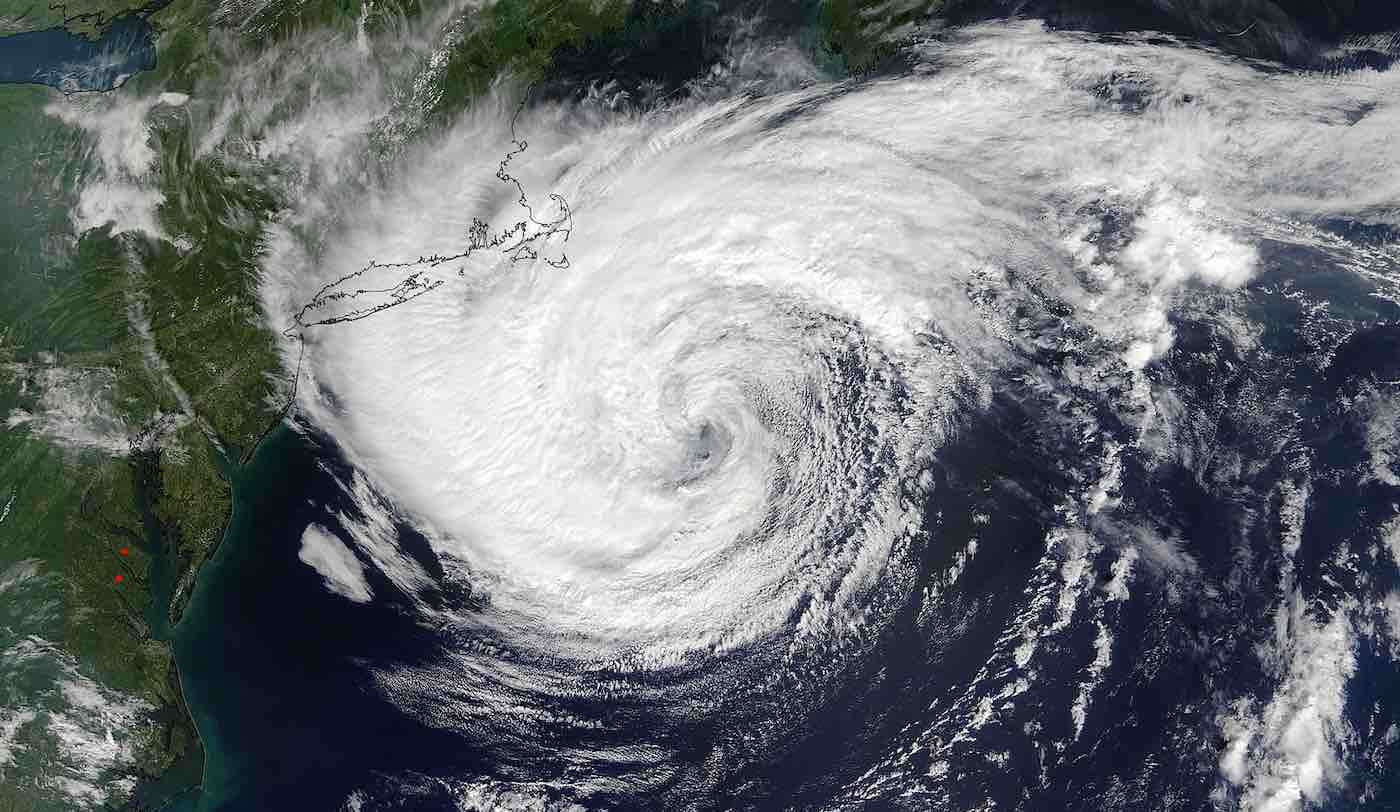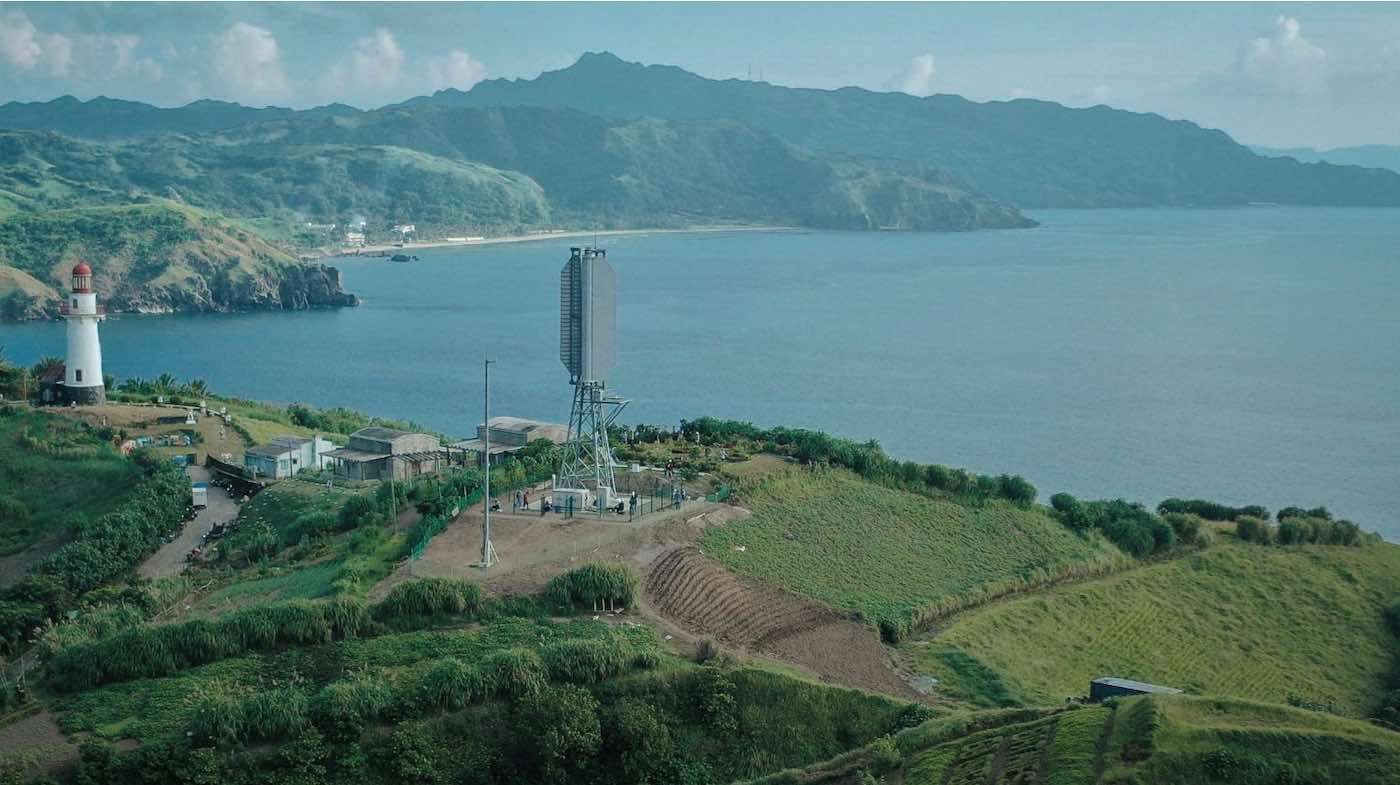The Best Selling Car in All of Europe is Electric - And Hertz Just Bought 100,000 Teslas For its New Fleet
The number-one selling car and electric car in Europe in September was the Tesla 3, not to mention that Hertz ordered 100,000 of them.

We often hear of "harnessing the power of nature" to generate electricity through renewables, but what if there were a way to harness the destructive forces of nature, not just the everyday ones?
That's exactly what a Japanese energy start-up is doing as they look to build the first wind turbine that can withstand tropical storms, and capture that tremendous energy in typhoon-plagued countries where normal wind turbines need to shut down.
Japan endures 26 typhoons and lower-level storms per year on average, and partly for this reason wind energy capacity in the country remains very low.
Atsushi Shimizu, founder of Challenergy, has radically changed the look and function of the traditional mill-like wind turbine to allow it to generate power under extreme storm conditions.
The company's "Magnus Wind Turbine" features large vertical blades spinning around a horizontal axis, which is the opposite of the long, pointed blades spinning from a vertical axis in normal wind turbines.
"One of our goals is to turn typhoons into a strength," said Shimizu, who founded Challenergy in 2014 after the Fukushima nuclear disaster inspired him to get into the sustainable energy field.
"If we can just partially leverage the vast energy brought by typhoons, we can consider typhoons not just as disasters, but as a source of energy," he told Reuters during an online demonstration of the turbines.
Challenergy's first demonstration unit was built on the island of Batanes in the Philippines— a country of 7,600 islands that often have serious problems maintaining rural power grids, and is directly in the path of an average 16.8 typhoons annually.

The company's turbine wasn't erected long before its first major challenge hit: Typhoon Kiko, a Category 5 storm with winds greater than 154 mph (249 km/h)—and the second-strongest typhoon since 1987 to hit Batanes—arrived shortly after the unit was constructed.
The wind turbine started operating the day before the typhoon struck, and continued to operate normally until the early morning of September 11. It achieved the maximum power generation capacity, 11 kWh (net power), even under strong wind conditions.
At 6:00 AM local time, the wind turbine expectedly halted its operations as it reached its designed maximum allowable rotation speed, before the eye of the typhoon passed later that morning. After the typhoon regained its strength, it became difficult to obtain wind speed data due to the poor connection of the anemometer.
Though the demonstration unit experienced wind speeds that exceeded its designed maximum allowable speed, there were no major structural problems with the tower or support arms. The cylinder and the rectifying plate of one of the two wings, however, were partially damaged due to a collision with flying debris.
Challenergy says they are taking advantage of this first real-world test to implement countermeasures and make improvements so it can achieve stable operation during typhoons.
(WATCH the Reuters video about this story below.)
POWER UP Those Social Feeds With This Innovative News…
Be the first to comment